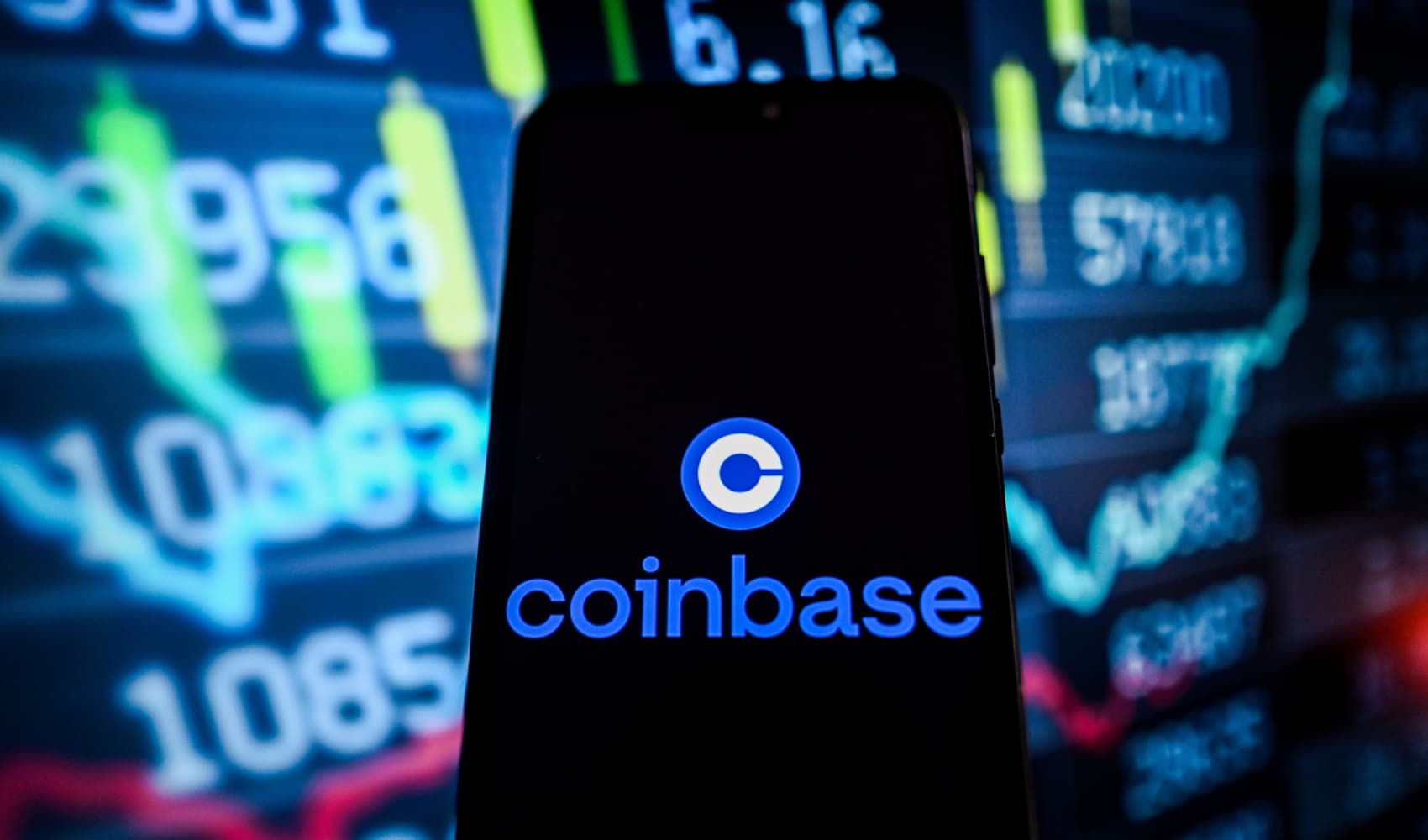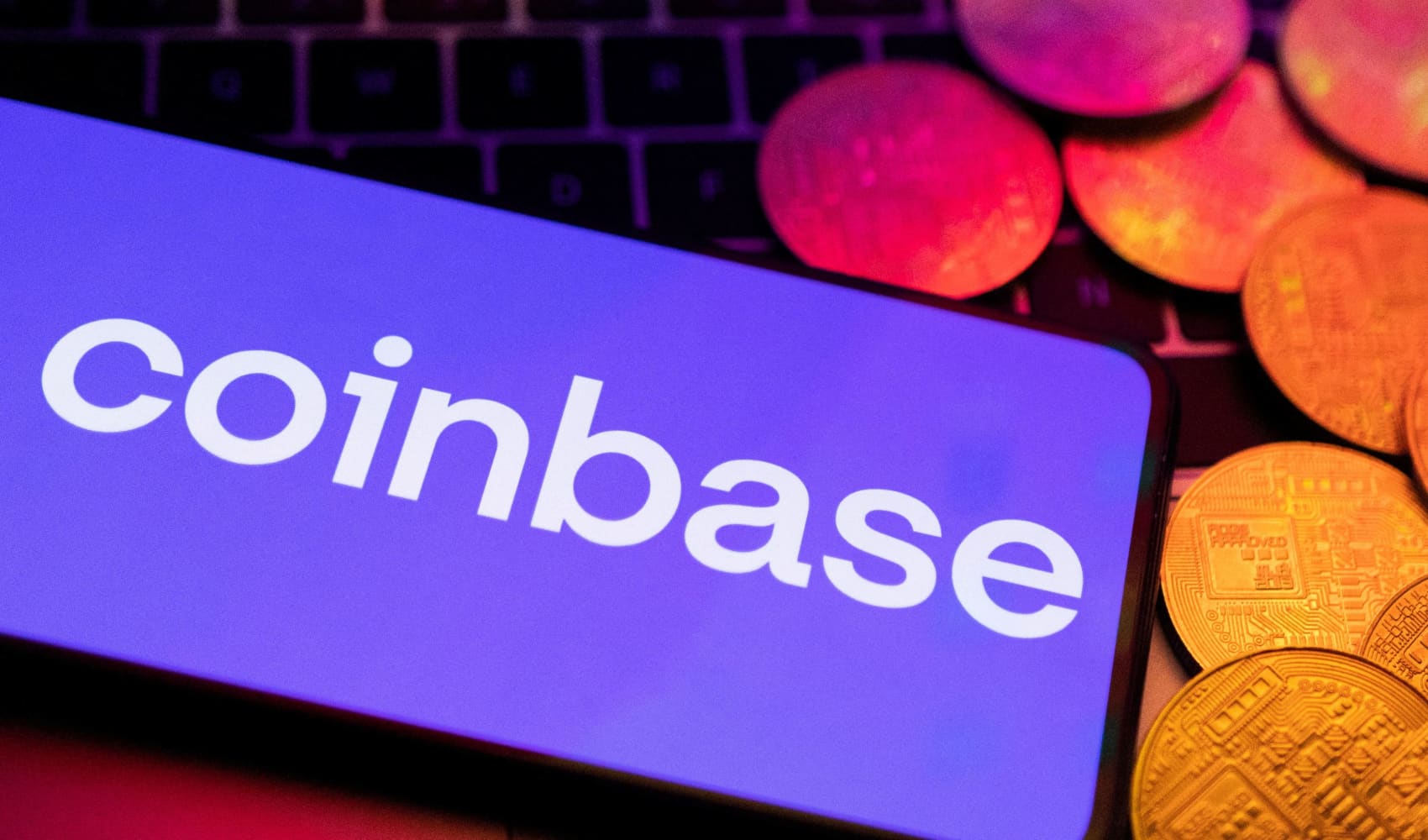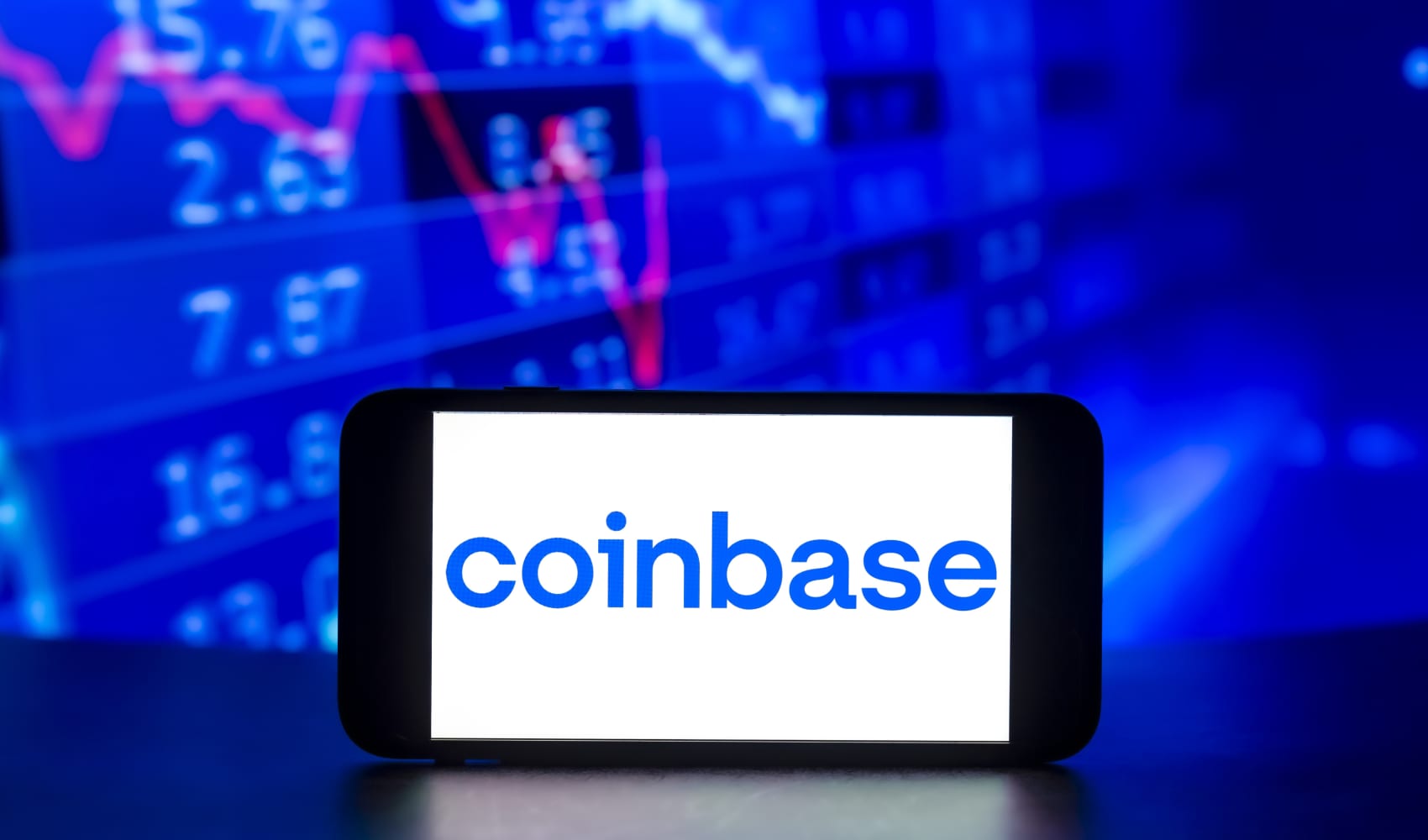Coinbase Acquires Deribit: Crypto Derivatives Game Changer!
Coinbase Takes a Giant Leap: Acquires Deribit for $2.9 Billion!
Introduction: A Crypto Earthquake?
Hold on to your hats, crypto enthusiasts! The digital asset landscape just experienced a seismic shift. Coinbase, the giant of U.S. cryptocurrency exchanges, has just announced its acquisition of Deribit, a leading crypto derivatives platform based in Dubai. The deal, valued at a staggering $2.9 billion, is the largest we've seen in the crypto industry to date. But what does this mean for you, the average crypto trader, and the future of the market? Let's dive in and unpack this monumental move.
The Deal Breakdown: Cash and Coinbase Stock
So, how does one acquire a multi-billion dollar company? Coinbase is shelling out a combination of cash and stock. The breakdown looks like this:
- $700 million in cold, hard cash. That's enough to buy a small island, or, you know, a major crypto exchange.
- 11 million shares of Coinbase class A common stock. This means Deribit's owners are now substantial stakeholders in Coinbase's future. Think of it as betting on their own success, but with a Coinbase twist.
The deal is expected to close by the end of the year, pending regulatory approvals and other customary closing conditions. This is akin to a wedding engagement - a big commitment, but needs a license to seal the deal.
Coinbase Stock Surges: A Vote of Confidence
The market seems to like the news! Shares of Coinbase jumped more than 5% following the announcement. This is a clear signal that investors believe this acquisition is a strategic win for Coinbase. It’s a vote of confidence, showing that the market anticipates significant growth and market share gains.
Why Deribit? Diving into Derivatives
Why Deribit, specifically? Well, Deribit is a major player in the crypto derivatives market. Derivatives are financial contracts whose value is derived from an underlying asset – in this case, cryptocurrencies like Bitcoin and Ethereum. Think of them as turbocharged trading tools, allowing sophisticated investors to hedge their bets or amplify their gains.
What are Crypto Derivatives?
Crypto derivatives come in various forms, including:
- Futures: Agreements to buy or sell a cryptocurrency at a predetermined price and date in the future.
- Options: Contracts that give the buyer the right, but not the obligation, to buy or sell a cryptocurrency at a specific price within a specific timeframe.
- Perpetual Swaps: Contracts similar to futures, but with no expiration date.
Coinbase's Global Ambitions: Beyond U.S. Borders
Coinbase has long been a dominant force in the U.S. crypto market. But the global crypto landscape is vast, and Coinbase has its sights set on expansion. This acquisition allows Coinbase to significantly increase its presence in the international market, where a large share of crypto activity happens. This is akin to moving from playing in your backyard to competing in the Olympics.
Taking on the Titans: Challenging Binance's Dominance
Let's be honest, Binance is a behemoth in the global crypto exchange arena. The acquisition of Deribit gives Coinbase the firepower it needs to challenge Binance's dominance, especially in the derivatives market. This is a strategic move to level the playing field and capture a larger share of the lucrative global crypto market.
Greg Tusar's Vision: Becoming a Crypto Derivatives Leader
Greg Tusar, Coinbase's vice president of institutional product, expressed the company's ambition to become a global leader in crypto derivatives. In a blog post, he emphasized the potential for this acquisition to position Coinbase as an international powerhouse in terms of open interest and options volume. Tusar's vision is clear: Coinbase wants to be the go-to platform for crypto derivatives trading.
Benefits for Coinbase Users: What's in it for You?
So, how does this acquisition benefit you, the average Coinbase user? Here are a few potential advantages:
- Access to a wider range of trading products. You'll likely be able to trade crypto derivatives directly on the Coinbase platform.
- Increased liquidity and tighter spreads. More trading activity translates to better prices for everyone.
- More sophisticated risk management tools. Derivatives can be used to hedge against market volatility.
The Regulatory Landscape: Navigating the Rules
The crypto industry is still relatively young, and regulatory frameworks are constantly evolving. Coinbase will need to navigate these regulations carefully as it integrates Deribit into its platform. Expect increased scrutiny from regulators as Coinbase expands its derivatives offerings.
The SEC and Crypto Derivatives
The Securities and Exchange Commission (SEC) has been particularly active in regulating the crypto space, and crypto derivatives are likely to be a key area of focus. Coinbase will need to ensure that its derivatives offerings comply with all applicable SEC regulations.
The Future of Crypto Trading: Derivatives as a Mainstream Tool
The acquisition of Deribit signals a growing acceptance of crypto derivatives as a mainstream trading tool. As the market matures, we can expect to see more institutional investors and sophisticated traders using derivatives to manage risk and enhance returns. This acquisition is a sign that the crypto market is maturing, and derivatives are becoming an integral part of the ecosystem.
Potential Challenges: Integration and Competition
While the acquisition of Deribit is a significant step for Coinbase, it's not without its challenges. Integrating Deribit's technology and operations will require careful planning and execution. Furthermore, Coinbase will face stiff competition from existing players in the derivatives market, such as Binance and FTX.
Integrating Two Different Cultures
Bringing together two distinct corporate cultures can be tricky. Coinbase and Deribit may have different approaches to product development, marketing, and customer service. Effective integration will require a focus on communication and collaboration.
The Impact on the Crypto Market: Increased Volatility?
Some analysts are concerned that the increased availability of crypto derivatives could lead to greater market volatility. Derivatives can amplify both gains and losses, and inexperienced traders could be caught off guard by sudden price swings. However, others argue that derivatives can actually help to stabilize the market by providing hedging opportunities. The long-term impact on market volatility remains to be seen.
Expert Opinions: What the Analysts are Saying
Industry experts are divided on the long-term impact of the Coinbase-Deribit deal. Some believe it's a game-changer that will solidify Coinbase's position as a leading global crypto exchange. Others are more cautious, pointing to the regulatory challenges and integration risks. The consensus seems to be that this is a bold move with the potential for significant rewards, but also significant risks.
Conclusion: A Bold Move with Big Potential
Coinbase's acquisition of Deribit is a monumental event in the crypto industry. It signifies Coinbase's ambition to become a global leader, challenge Binance's dominance, and offer a wider range of trading products to its users. While there are challenges ahead, the potential rewards are enormous. This deal could reshape the future of crypto trading and solidify Coinbase's position as a leading player in the digital asset space.
Frequently Asked Questions
- Why is Coinbase acquiring Deribit? Coinbase is acquiring Deribit to expand its global presence, offer crypto derivatives trading, and compete with larger exchanges like Binance.
- What are crypto derivatives? Crypto derivatives are financial contracts, like futures and options, whose value is based on cryptocurrencies like Bitcoin or Ethereum. They are used for hedging risk or speculating on price movements.
- How will this acquisition affect Coinbase users? Coinbase users will likely gain access to a wider range of trading products, including crypto derivatives, and potentially benefit from increased liquidity.
- What are the potential risks of trading crypto derivatives? Crypto derivatives can be highly volatile and complex. They can amplify both gains and losses, so it's essential to understand the risks involved before trading them.
- When is the acquisition expected to be completed? The acquisition is expected to close by the end of the year, pending regulatory approvals and other closing conditions.








